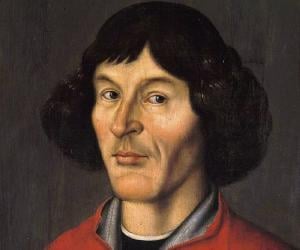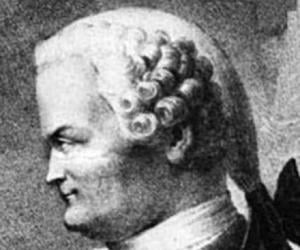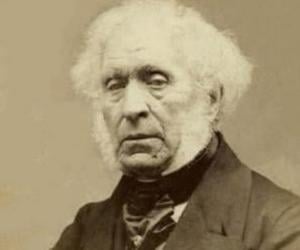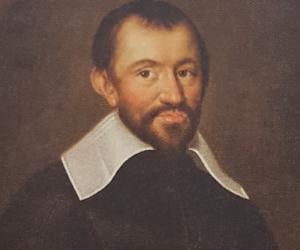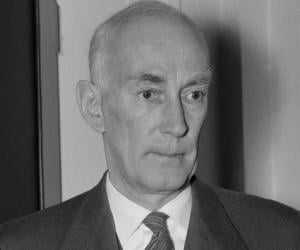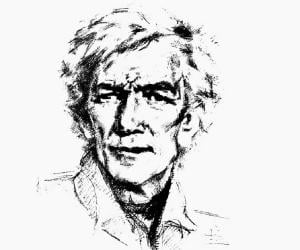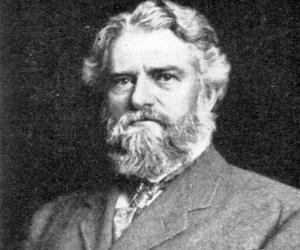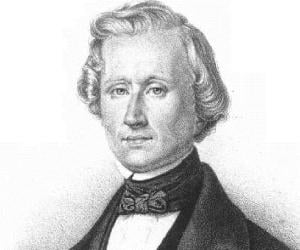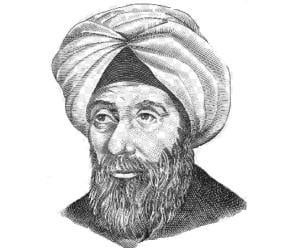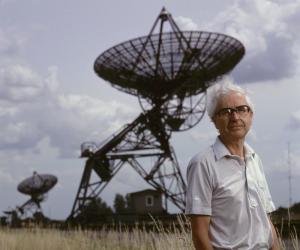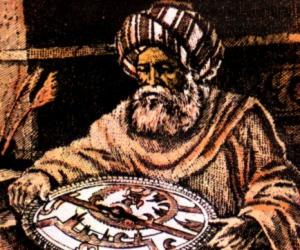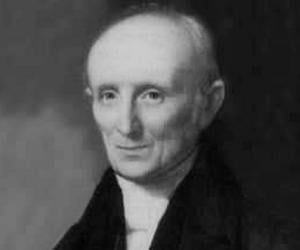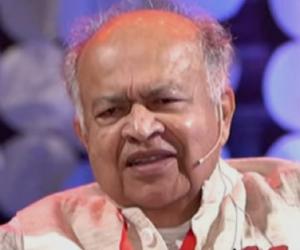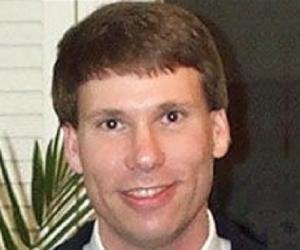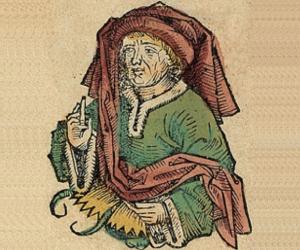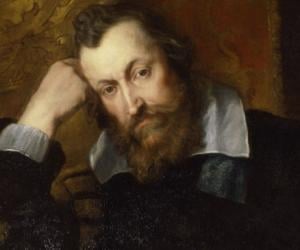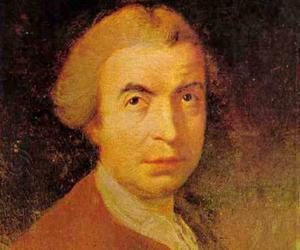Quick Facts
Also Known As: Mikołaj Kopernik, Nikolaus Kopernikus, Copernicus
Died At Age: 70
Family:
father: Nicolaus Copernicus Sr.
mother: Barbara Watzenrode
siblings: Andreas Copernicus, Barbara Copernicus, Katharina Copernicus
Born Country: Poland
Astronomers Mathematicians
Died on: May 24, 1543
place of death: Frombork, Poland
Notable Alumni: University Of Kraków, Jagiellonian University, University Of Bologna
More Facts
education: University Of Bologna, University Of Padua, University Of Ferrara, University Of Kraków, Jagiellonian University
Childhood & Early Life
Copernicus had three siblings, of whom only one did not become committed to the church – both he and his brother became clergymen, and one of his sisters became a nun.
Nicolaus was barely ten years old when his father died, in 1483. He was then cared for by his maternal uncle, who would become Bishop of Warmia. His uncle paid for his education at the ‘St. John’ parochial school.
He left the St. John school in 1491 to attend the ‘University of Krakow’, where he studied mathematics, drawings, perspective, and the classics. This is where he developed his love for astronomy, having attended lectures given by a prominent Polish astronomer, and began studying the stars and planets from his home.
Career
In 1497, he enrolled in the ‘University of Bologna’ to study canon law. He also joined the ‘Chapter of Warmia’ and received his first appointment as a canon scholar.
Nicolaus traveled to Rome in 1500 to attend ‘The Jubilee’, where he gave lectures on mathematics. These were attended by George Rheticus, who would later assist him in publishing his greatest work. The next year he renewed his leave of absence so that he could have two more years of study, which he used to study medicine at Padua while he continued studying law.
He received another appointment as a canon scholar for the ‘Holy Cross Church’ in Wroclaw, in 1503. In the same year he was awarded his doctorate in canonical law. After completing his studies he returned to Warmia to work for the church.
Copernicus sent out his first work, ‘Commentariolus’ (Little Commentary), as a series of letters, in 1507. Here he presented the first versions of the heliocentric theory. He was also appointed by the Chapter to be the private physician to the Bishop.
In 1509, he left the Bishop and returned to Frombork. There he became more involved in political affairs, drawing a map of Warmia and the western borders of Royal Prussia for the King’s Council and swearing his allegiance to the King.
Copernicus assembled a proposal for the reform of the calendar in 1513, which was then sent to Rome. The next year he bought a house with an observation platform for his astronomical observations, but was soon promoted to ‘Administrator’ for the Chapter property and he movds to Olsztyn. He took a hiatus from his observation for several years in order to perform these duties.
In 1519, he resigned from the position of Chapter Administrator, and returned to Frombork. He spent the following years participating in politics, as part of a Polish embassy to the ‘Grand Master of the Teutonic Knights’, organizing the defense of Olsztyn against the Teutonic Knights, and negotiating for the Warmian territories that they have captured.
Afterwards, he returned to Frombork, where he wrote ‘De Octava Sphoaera’ (The Eighth Sphere), in which he refutes the calculations of Joannes Werner regarding the orbit of Neptune. In 1542, Copernicus published his work on trigonometry. It contained what would become the last three chapters of ‘De revolutionibus’.
Nicolaus Copernicus is believed to have died from a stroke only a few weeks after his greatest work was published. He is buried somewhere under the floor of Frombork’s castle – exactly where is unknown.
Major Works
Copernicus completed the manuscript for ‘De revolutionibus’ many years before he allowed it to be published. For over a decade he circulated the theory in a series of letters to European scholars and worked painstakingly on revisions. It was only in 1543 that the book was published in its entirety in Nuremburg.
Personal Life & Legacy
Due to his commitment to the church, he never married. At one point, Bishop Joannes Dantyszek suspected him of carrying on a relationship with his live-in housekeeper, and ordered the astronomer to dismiss her. The request was carried out, but the charges were eventually dropped for lack of evidence.
The discoveries he made sparked a new school of astronomical thought, and became the basis for theories made by Galileo, Newton, and Kepler. The work they did helped to perfect his original theory.
Facts About Nicolaus Copernicus
Nicolaus Copernicus was not only an astronomer but also a mathematician, physician, translator, and economist, showcasing his diverse interests and talents.
Copernicus spoke several languages, including Latin, Greek, and German, demonstrating his linguistic proficiency and cultural awareness.
He developed his heliocentric model of the universe while working as a church administrator, highlighting his ability to balance scientific inquiry with his religious beliefs.
Copernicus was not only a scholar but also a skilled artist, as he created detailed diagrams and illustrations to accompany his astronomical findings.
Despite facing criticism and skepticism for his revolutionary theories during his lifetime, Copernicus remained dedicated to his scientific pursuits and left a lasting impact on the field of astronomy.


